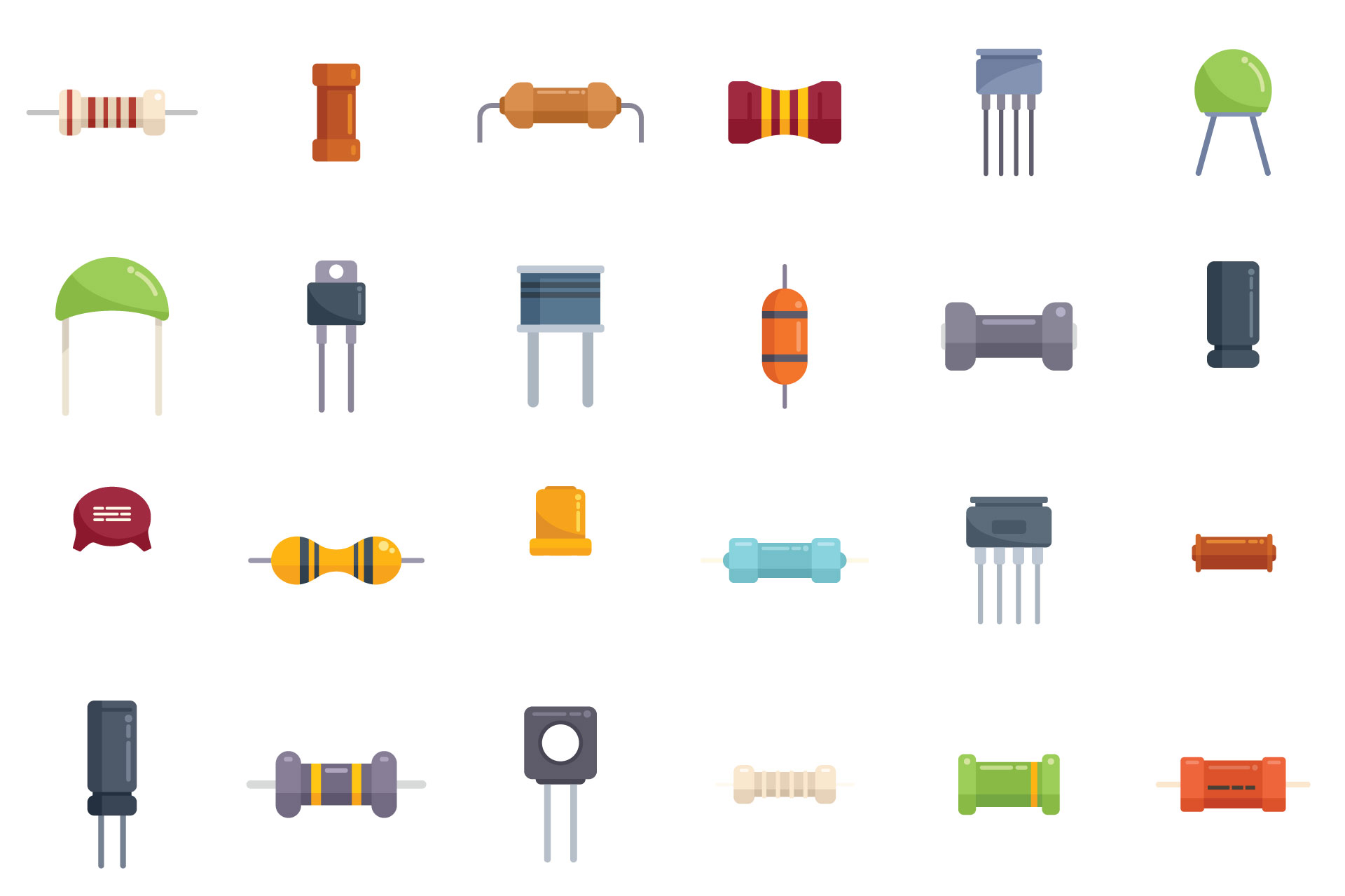Passive electronic components are the fundamental building blocks of the electronics industry. Similar to how bricks support the structure of a building, passive electrical components are critical to the structure and function of electrical circuits. Each component plays a vital role in ensuring our devices and systems operate smoothly, whether it's controlling the flow of electrical signals, storing energy, or filtering signals.
Today, we’re diving deep into these essential electrical devices, exploring what they are, their significance, how they differ from active components, and much more.
What is a Passive Component?
A passive electronic component is defined simply as a device that interacts with energy without amplifying it. Passive components do not require an external power source for operation. Instead, they store, filter, and dissipate electrical energy within a circuit. Passive components are crucial to the functionality of circuits, performing essential roles such as current flow control, energy storage, signal filtering, and maintaining overall circuit stability.
What is a Passive Device?
Passive components and passive devices in electronics are often used interchangeably, but there are subtle differences depending on the context. A passive component refers to a basic, single-function element like a resistor, capacitor, or inductor. On the other hand, a passive device might refer to more complex assemblies or systems that incorporate multiple passive components. For instance, an RF filter is a passive device that combines several passive components, such as inductors, capacitors, and sometimes resistors, into a single unit.
Active and Passive Electrical Components
In the electrical industry, both active and passive components work together to form the backbone of electrical circuits. While they differ in many ways, they complement each other to make complex electrical tasks possible. In the simplest terms, active components amplify and process signals, whereas passive components do not. This distinction defines their roles and applications within electronic systems.
What is the Difference Between Passive and Active Components?
As their names suggest, passive and active electronic components differ primarily in their power requirements. Passive components do not require an external power source, while active components do. Consequently, active components can amplify, generate, and control electrical signals. Conversely, passive components can only store, filter, and dissipate signals or energy. In essence, passive components perform essential functions like energy storage, signal filtering, and protection, while active components enable amplification, control, and complex processing. Both active and passive components are integral to the functionality of electrical systems, working together to ensure efficiency and reliability. For example, power supplies use transformers and capacitors (passive components) alongside voltage regulators and integrated circuits (active components) to deliver stable power to electronic devices.
Types of Passive Circuit Components
Let’s now explore some of the most common examples of passive electronic components.


Resistors
The resistor is a passive component that limits the flow of electrical current, divides voltages, and dissipates power as heat. It typically consists of copper wires coiled around a ceramic rod with an outer coating that serves as a coding system to indicate its value and tolerance.
Capacitors
Capacitors store and release electrical energy, filter signals, and smooth power supply fluctuations. These passive electronic components feature two or more conducting plates separated by a dielectric material (such as ceramic or plastic).
Inductors
Inductors are passive components that store energy in a magnetic field when electric current flows through them. They help filter out unwanted frequencies in electrical circuits. Inductors typically consist of coiled wire (usually copper) around an air, iron, or ferrite core.
Transformers
Transformers are another example of a passive component. They transfer electrical energy between two or more circuits through electromagnetic induction, either stepping up or stepping down the power as required. These components consist of two coils of wire wrapped around a core made of iron or other magnetic materials.
Mechanical Switches
Mechanical switches are passive components because they do not require an external power source. They also do not store or generate energy or amplify signals. Instead, they provide a way to control the current flow in a circuit by opening or closing electrical contacts via an actuator.

